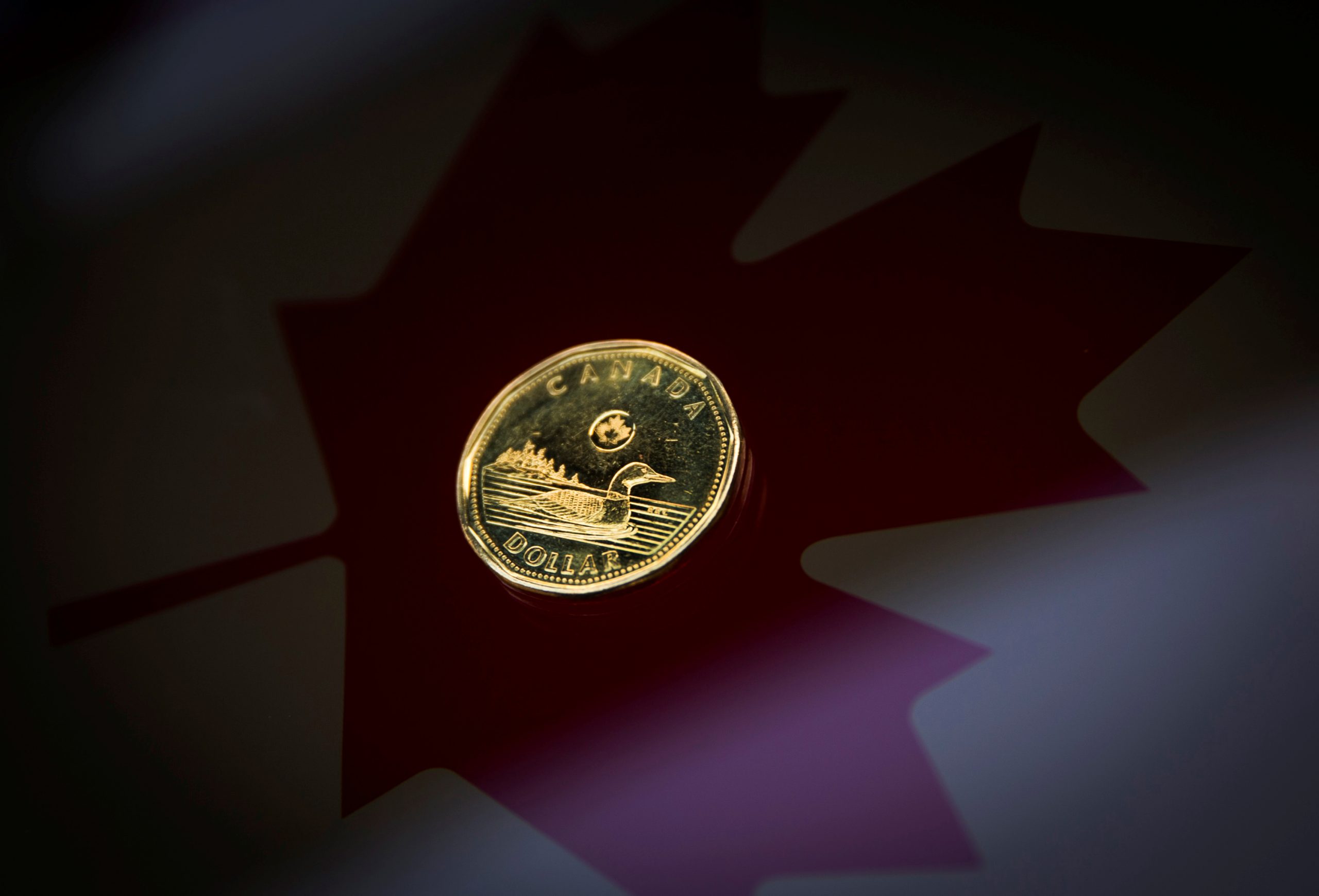The Canadian dollar on Wednesday strengthened against its U.S. counterpart and all but one of the other G10 currencies as oil prices rose and domestic data showed inflation climbing to its highest level in 18 years.
The loonie was up 0.4% at 1.2642 to the greenback, or 79.10 U.S. cents, after trading in a range of 1.2631 to 1.2708.
“It looks like broad U.S. dollar weakness although there were positive developments (for the Canadian dollar) on the inflation front,” said Simon Harvey, senior FX market analyst for Monex Europe and Monex Canada.
Canada‘s annual inflation rate accelerated to 4.1% in August, its highest since March 2003, boosted in part by a big jump in gasoline prices.
The Bank of Canada‘s three measures of core inflation all posted gains, but analysts expect the central bank to stick to the view that the factors pushing up inflation are transitory.
The data “might have more political consequences than necessarily consequences for the Bank of Canada,” Harvey said.
The leader of Canada‘s main opposition party said a surge in inflation last month highlighted the failure of Prime Minister Justin Trudeau’s economic policies, and urged Canadians to vote out the government in an election on Monday.
Among G10 currencies, only the Norwegian crown fared better than the loonie. Norway, like Canada, is a major producer of oil, which rose after industry data showed a larger-than-expected drawdown in U.S. crude inventories.
U.S. crude prices settled 3.1% higher at $72.61 a barrel, while Canadian government bond yields rose across a steeper curve. The 10-year was up 5.3 basis points at 1.225%.
The gap between Canada‘s 10-year yield and its U.S. equivalent narrowed by 2.6 basis points to 8.1 basis points in favor of the U.S. bond, the smallest gap since Aug. 11.
(Reporting by Fergal Smith; editing by Jonathan Oatis)
Related






















